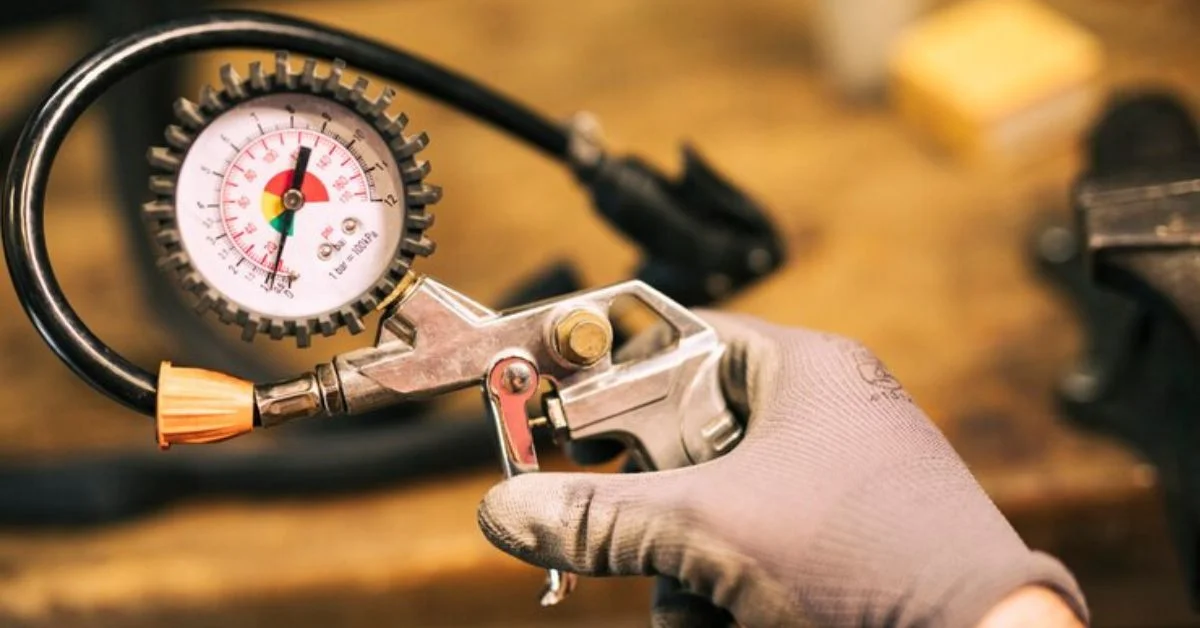Vacumetros: Everything You Need to Know About Vacuum Gauges for Accurate Pressure Measurement

Vacuum gauges, or vacumetros, play a crucial role in measuring pressure across various industrial and scientific applications. These devices allow users to monitor presión de aire and presión negativa in systems where controlling pressure is crucial. Whether it’s a vacuómetro digital or an analógico, understanding the importance and application of instrumentos de medición is key to ensuring accuracy and efficiency in a variety of fields. In this article, we will delve into the different types of vacumetros, their applications, and provide a detailed guide to help you choose the right medidores de presión for your needs. By the end, you’ll have a thorough understanding of vacumetros and how they contribute to maintaining optimal pressure in systems.
What Are Vacumetros?
Vacumetros, also known as manómetros de vacío, measure the vacuum or negative pressure within a closed system. They are essential in maintaining sistemas de vacío by providing accurate pressure readings. These instruments are crucial in processes like industrial manufacturing, automotive diagnostics, and scientific research, where precise pressure control is vital.
Types of Vacumetros
When it comes to vacumetros, there are primarily two main types that users can choose from: vacuómetro digital and vacuómetro analógico. Both serve the same function but have different modes of operation and advantages.
Vacuómetro Digital
The vacuómetro digital offers a modern approach to pressure measurement. It provides a clear, easy-to-read display, often with additional features such as automatic calibration and data storage. This type of vacuometer is ideal for users who require precise measurements and often need to store data for further analysis. The digital nature of these gauges makes them particularly useful in equipos de calibración where high accuracy is required.
Vacuómetro Analógico
On the other hand, the vacuómetro analógico is a traditional instrument that uses a needle and dial to indicate the pressure. These gauges are simple, durable, and cost-effective, making them suitable for applications where ruggedness is more important than digital precision. Many users still prefer analog vacuometers for basic diagnostics in industries where conditions might damage more delicate digital instruments.
Key Features to Consider When Choosing Vacumetros
When selecting a vacumetro, there are several features to consider to ensure you get the best instrument for your specific application.
- Rango de Medición: Ensure that the medidor de vacío portátil can measure within the pressure range required for your system.
- Precisión: A vacuómetro de precisión is critical in applications where even small variations in pressure could lead to significant issues. The higher the precision, the more reliable the data.
- Durabilidad: Depending on where you plan to use the vacuometer, consider its build quality. For industrial use, a robust vacuómetro analógico may be more suitable than a delicate digital model.
- Compatibilidad: It is important that your vacuometer is compatible with the existing equipos de vacío and pressure systems to avoid any operational issues.
Applications of Vacumetros
Vacumetros are versatile and used in a variety of industries, ranging from automotive to industrial manufacturing. Below are some of the most common applications where manómetros de vacío are essential.
- Automotive Diagnostics: In the automotive industry, herramientas de diagnóstico like vacumetros are used to check the integrity of vehicle vacuum systems. Issues with vacuum pressure can lead to problems in engine performance, brake systems, and other key components.
- Industrial Manufacturing: Maintaining control de presión in industrial machines is essential for safety and efficiency. Vacumetros help monitor sistemas de vacío to ensure smooth operation and prevent potential damage due to improper pressure levels.
- Scientific Research: In laboratories, precise pressure measurement is necessary for experiments involving vacuums. A high-precision vacuómetro de precisión is often required to achieve reliable results in experiments.
- HVAC Systems: Sensores de presión and vacumetros are used in HVAC systems to maintain the appropriate air pressure. Proper pressure levels are critical for ensuring energy efficiency and system longevity.
How to Use Vacumetros Effectively
Using a vacuometer correctly ensures that you get the most accurate readings, whether it’s for presión de aire or presión negativa. Here’s a step-by-step guide:
- Preparation: Before using your vacuometer, make sure that it is correctly calibrated if it’s a vacuómetro digital. Calibration ensures that your device measures pressure accurately.
- Connect the Vacuometer: Attach the vacuometer to the system where pressure measurement is needed. Ensure that the connection is tight and free from leaks, as this can affect the readings.
- Read the Measurements: For a vacuómetro analógico, read the needle’s position carefully. In the case of a digital vacuometer, the display will give you a clear number.
- Record Data: In applications like industrial maintenance, it’s important to log the pressure readings regularly. Digital vacuometers often have memory functions to store previous data.
- Maintenance: Regularly check your vacuometer for signs of wear and tear, especially if it’s being used in harsh conditions. Keeping it in good condition ensures longer life and better accuracy.
Benefits of Using Vacumetros
- Accuracy: Vacumetros offer high accuracy, which is crucial in sensitive systems requiring precise medición de presión.
- Versatility: These instruments can be used in multiple industries, from automotive to industrial to scientific research.
- Durability: High-quality vacumetros are built to withstand tough conditions, especially in industrial settings.
Conclusion
Vacumetros are indispensable tools in numerous industries for measuring and maintaining pressure levels. Whether you choose a vacuómetro digital for its high precision and modern features or an analógico model for its durability and simplicity, it’s important to select the right instrument based on your specific needs. These devices provide critical insights into presión de aire and presión negativa, helping users maintain efficient and safe systems. Make sure to regularly calibrate and maintain your vacuometer to get the most out of it.
Whether you’re in automotive diagnostics or industrial manufacturing, vacumetros ensure that your systems run smoothly and efficiently. Take the time to invest in the right medidores de presión, and you’ll see the benefits in terms of performance and safety.
Frequently Asked Questions (FAQs)
1. What is a vacuometer used for?
A vacuometer measures the vacuum or presión negativa in closed systems, used in various industries like automotive and manufacturing.
2. What is the difference between a digital and analog vacuometer?
A vacuómetro digital offers more precise readings and advanced features like data storage, while an analógico model is more robust and simple.
3. How do I maintain my vacuometer?
Regular calibration and checking for leaks or damages will ensure your vacuometer remains accurate and reliable over time.
4. Can I use a vacuometer in HVAC systems?
Yes, sensores de presión and vacuometers are used in HVAC systems to monitor and maintain appropriate air pressure levels.
5. What industries benefit most from vacumetros?
Industries like automotive, industrial manufacturing, scientific research, and HVAC systems all rely on vacuómetros for pressure control and diagnostics.






